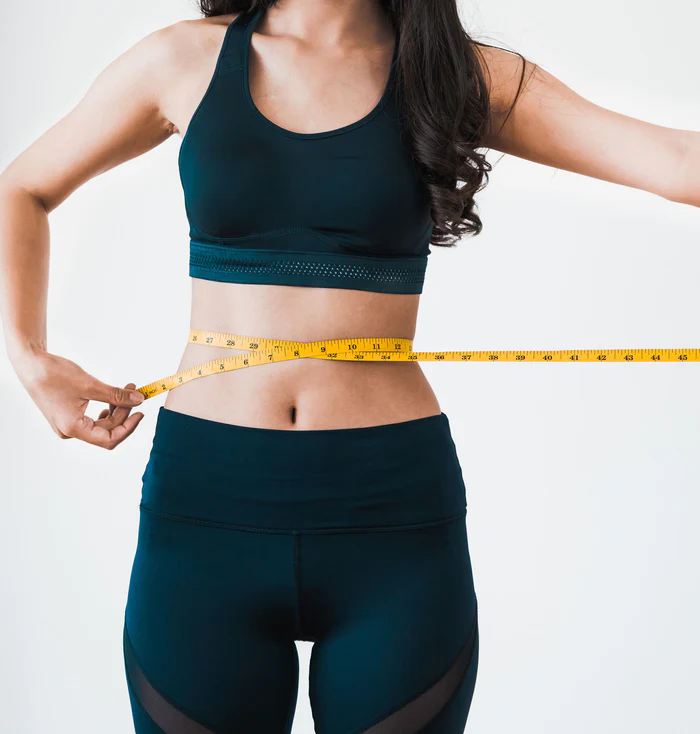Studies have shown a correlation between grip strength being a predictor of cardiovascular disease and overall longevity. A range of studies (1,2) have not only consistently shown this, but have also found that it is a gauge of brain function and health throughout the aging process. In all cases, decreased grip strength has been shown to be a predictor of increased risk of mortality.
As we see increased popularity of modern tech devices we also see increased usage of our hands; to hold and grip our omnipresent phones or tablets, texting on tiny keyboards, and performing touchscreen tasks. All of this hand activity sounds like good exercise but has become a very bad thing for grip strength. Hands are designed to perform these tasks, but not as repetitively.
Improving hand function and grip strength can not only help in daily functions but may also help you live a longer, healthier life. If you are finding it harder to open jars, carry bags of groceries, or grip tools you need to use in daily activities and tasks, you should consider working to improve grip strength. If you are experiencing hand pain from the repetitive stress of using tech devices, you could benefit from hand stretches and mobility exercises. Here are some tips on how to easily measure your grip strength and improve it so you can enjoy less pain and better hand mobility.
Measuring:
A “dynamometer” is a device that you can either purchase (there are a few different types ranging from inexpensive to very expensive) or find out if your doctor, chiropractor, or physical therapist has one you can use. These determine your baseline strength and you can re-measure to see your improvement. Using “norms” (data that compares you to the good, average or poor measures for your age) you can find out where you should be and what you should aim for. You can also use a simple bathroom scale (a thin analog standing type is best) and simply hold it up (arms at 90 degree angles) and squeeze the sides. You may not be able to find a comparative score, but you can use it as a way to measure your own relative strength that you can track.
Hand strengthening:
There are bars and dumbbells made with a thicker circumference for this purpose. There are devices such as spring-loaded handles you can squeeze together, balls that gyrate as you hold them, and more. But easier, more practical things like carrying sturdy bags filled with heavy objects, or gripping weight plates in your hands and carrying them as you walk work well. Perform a variety of grips (i.e. “pinch grip” “claw grip”) and movements (squeeze, push, pull) and challenge yourself by adding more resistance/endurance when you are able.
Stretching/mobility:
First, if you are experiencing pain, see your physician to properly diagnose the problem. Take device breaks and try stretching your hands by spreading your fingers out. Make a fist and put your other hand over it. Open your fist, resisting with the other hand. Roll a soft, small rubber ball under the palms, wrists, and forearms and then over the top of each hand to improve circulation and mobility.
Supplementation: Studies have shown that supplementation with omega-3 fish oil may help slow the decline in muscle mass and function seen in older adults. In one study individuals supplemented with omega-3s for 6 months showed improvements in hand grip strength, power, and muscle volume compared to those in the placebo group receiving no omega-3s (3).
You need hands to do many things, but now you know by keeping them stronger you can improve your health and longevity.
References:
1. Jang JY, Junghoon K. Association between handgrip strength and cognitive impairment in elderly Koreans: a population-based cross-sectional study. Phys Ther Sci. 2015 Dec; 27(12): 3911–3915.
2. Leong DP, Teo KK, Rangarajan S, Lopez-Jaramillo P, Avezum A Jr, Orlandini A, Seron P, Ahmed SH, Rosengren A, Kelishadi R, Rahman O, Swaminathan S, Iqbal R, Gupta R, Lear SA, Oguz A, Yusoff K, Zatonska K, Chifamba J, Igumbor E, Mohan V, Anjana RM, Gu H, Li W, Yusuf S; Prospective Urban Rural Epidemiology (PURE) Study investigators. Prognostic value of grip strength: findings from the Prospective Urban Rural Epidemiology (PURE) study. Lancet. 2015 Jul 18;386(9990):266-73. doi: 10.1016/S0140-6736(14)62000-6.
3. Smith GI, Julliand S, Reeds DN, Sinacore DR, Klein S, Mittendorfer B. Fish oil-derived n-3 PUFA therapy increases muscle mass and function in healthy older adults. Am J Clin Nutr. 2015 Jul;102(1):115-22.








Let Us Know What You Thought about this Post.
Put your Comment Below.